Propensity Scores
Wake Forest University
Observational Studies
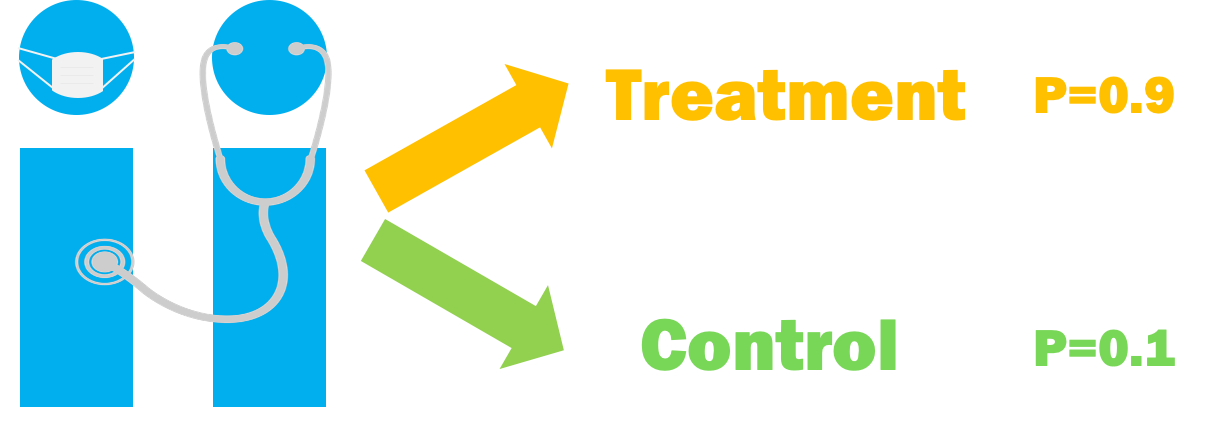
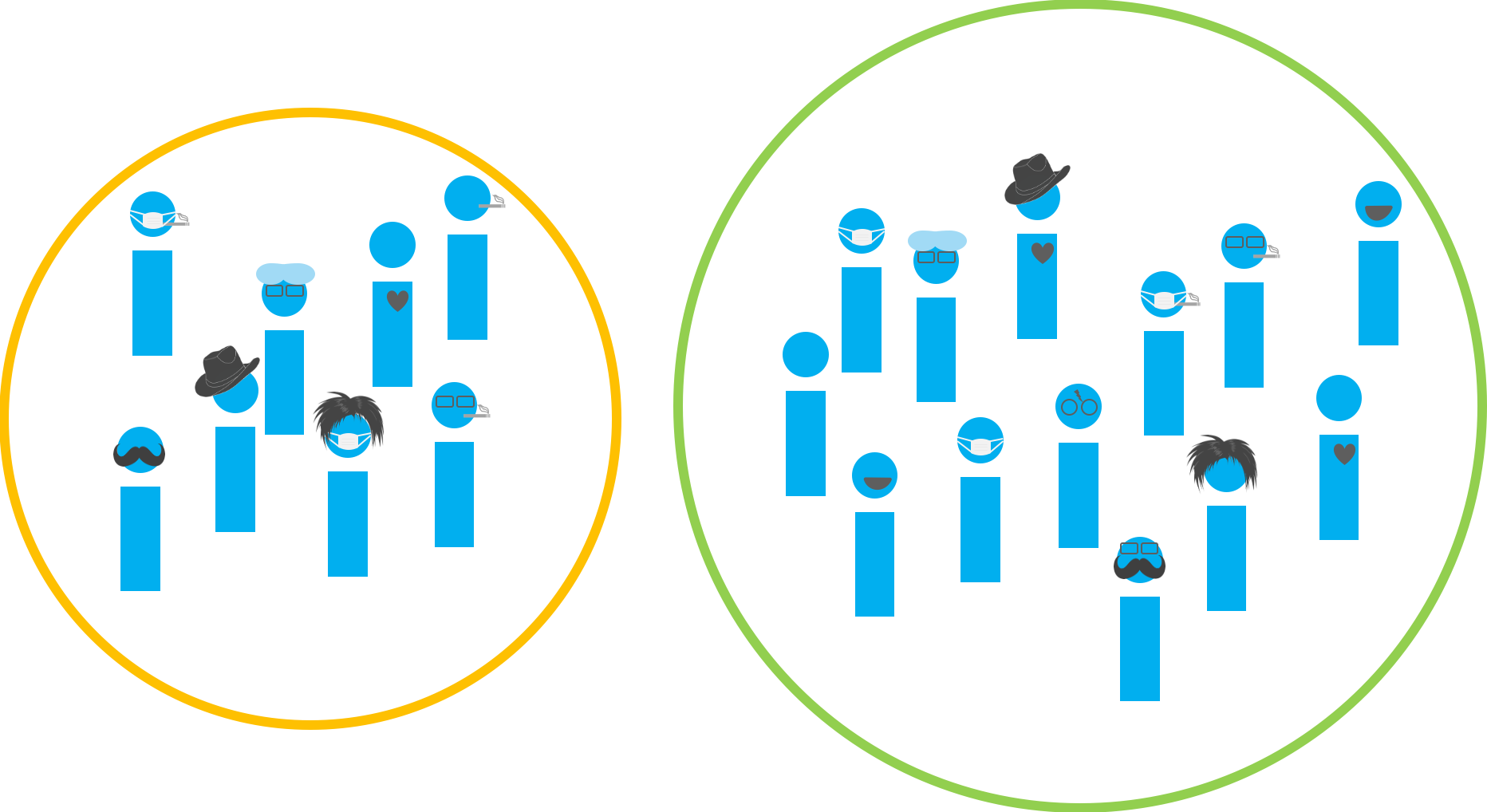

Confounding

Confounding
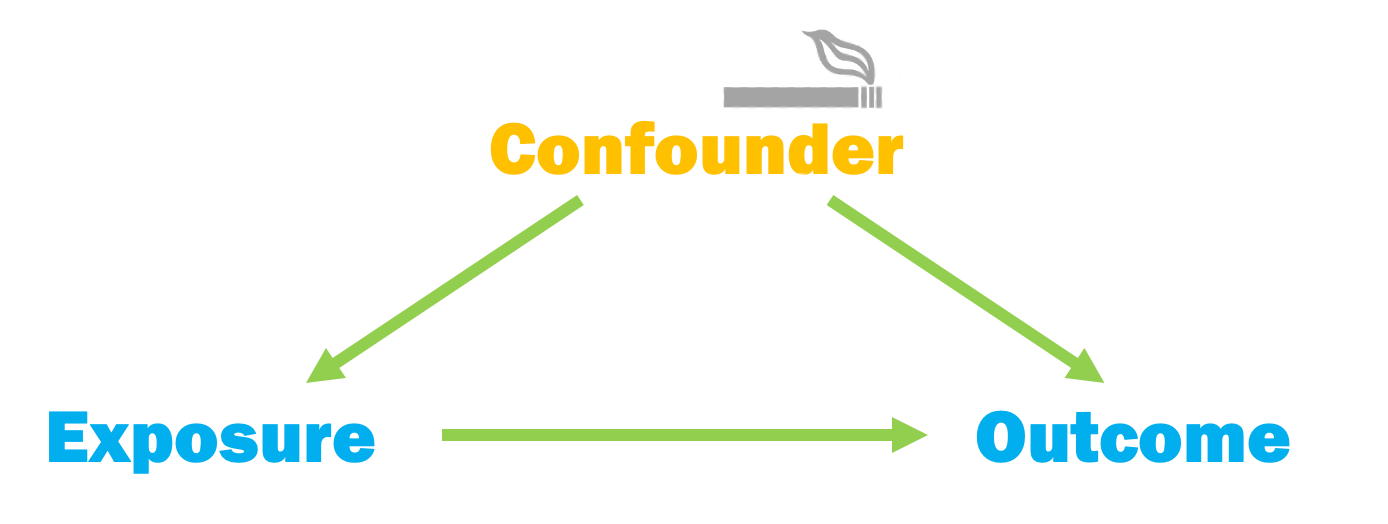
Propensity scores
Rosenbaum and Rubin showed in observational studies, conditioning on propensity scores can lead to unbiased estimates of the exposure effect
- There are no unmeasured confounders
- Every subject has a nonzero probability of receiving either exposure
Propensity scores
- Fit a logistic regression predicting exposure using known covariates
Pr(exposure=1)=11+exp(−Xβ)
- Each individuals’ predicted values are the propensity scores
Propensity scores
Propensity scores
Propensity scores
Propensity scores
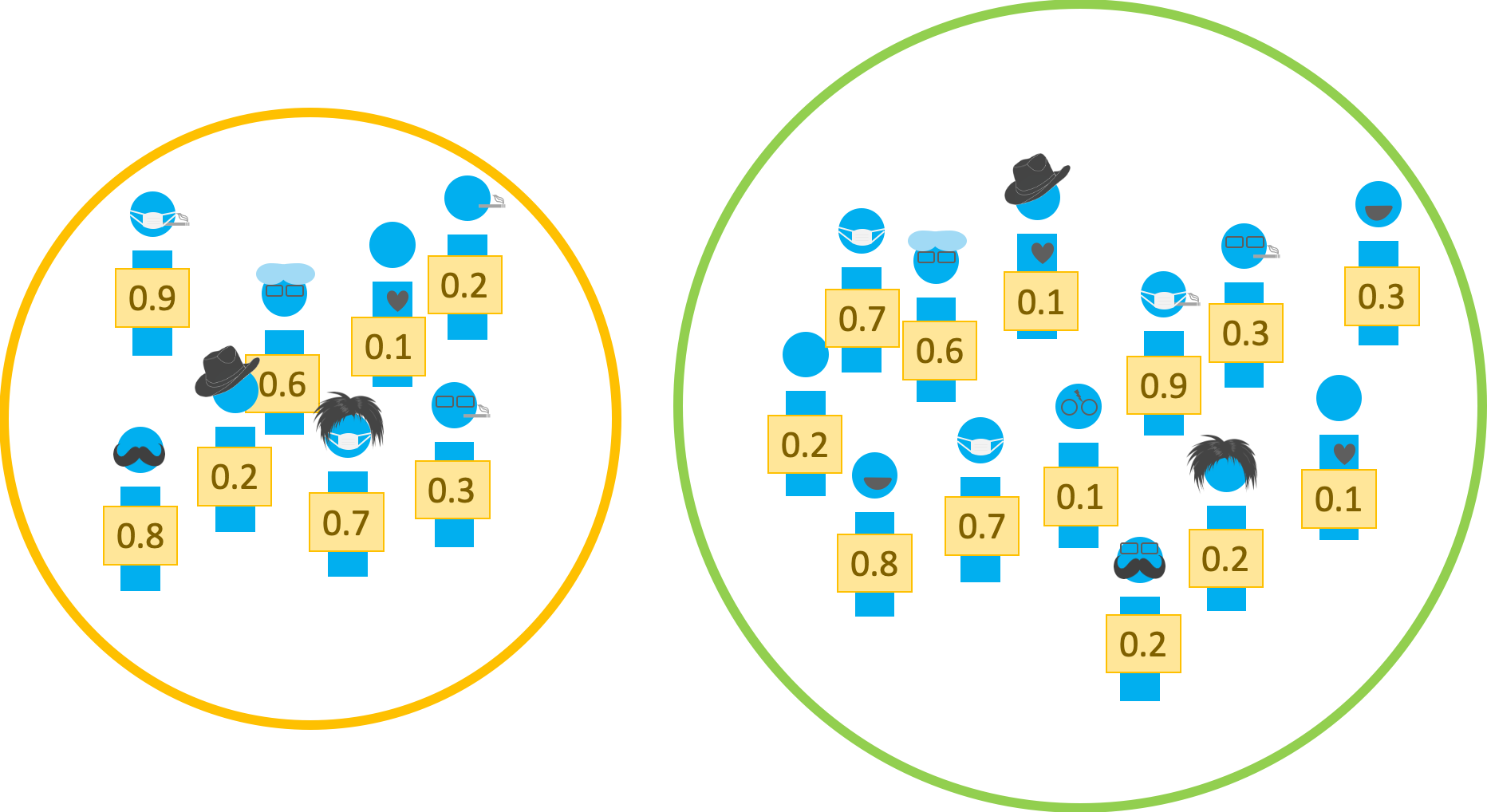
Example: The Seven Dwarfs Mine Train
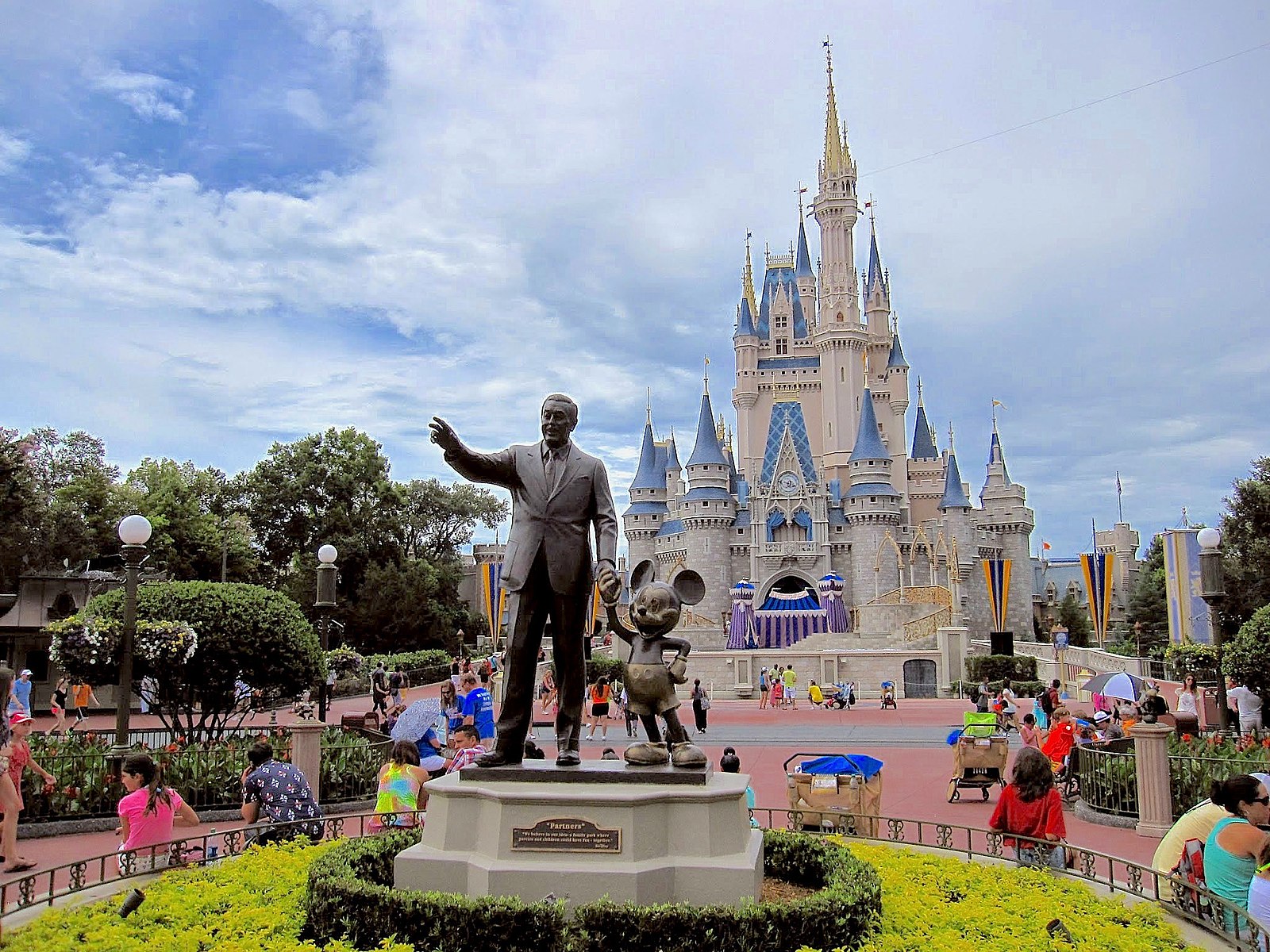
Photo by Anna CC-BY-SA-4.0
Historically, guests who stayed in a Walt Disney World resort hotel were able to access the park during “Extra Magic Hours” during which the park was closed to all other guests.
These extra hours could be in the morning or evening.
The Seven Dwarfs Mine Train is a ride at Walt Disney World’s Magic Kingdom. Typically, each day Magic Kingdom may or may not be selected to have these “Extra Magic Hours”.
We are interested in examining the relationship between whether there were “Extra Magic Hours” in the morning and the average wait time for the Seven Dwarfs Mine Train the same day between 9am and 10am.

Your turn
06:00